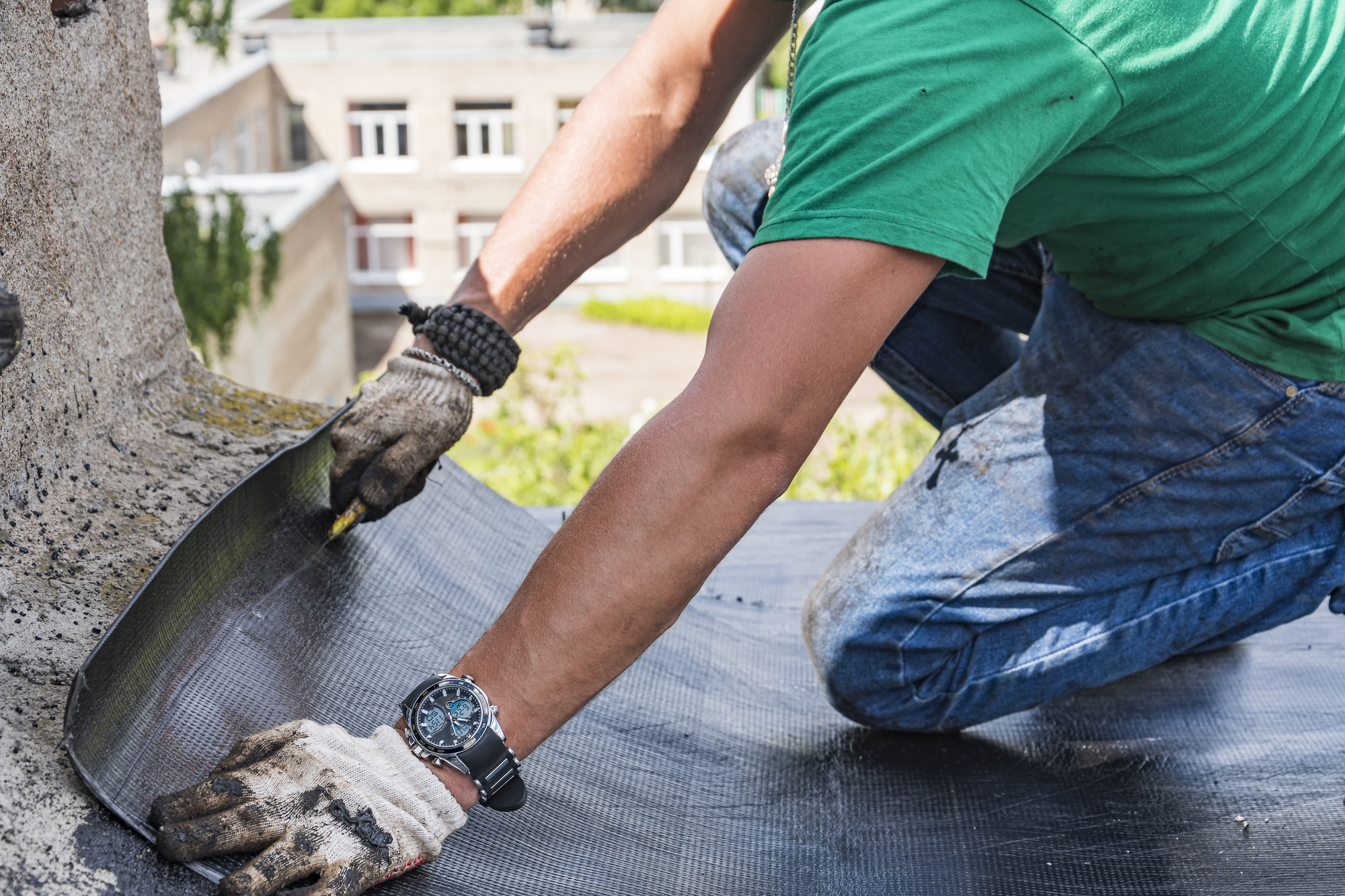When it comes to choosing the right roofing material for your home, the decision can feel a bit like picking between coffee and tea—it all depends on your taste, lifestyle, and budget. Asphalt shingles and metal roofs are two of the most popular options in the U.S., and for good reason. They both offer unique advantages and come with their own sets of trade-offs. Whether you’re a homeowner planning a replacement or a contractor guiding a customer, understanding the pros and cons of each can save time, money, and future headaches.
Let’s break it down in a way that’s easy to digest and even easier to put into action.
Why the Right Roof Matters More Than You Think
Your roof is your home’s first line of defense against the elements. But it’s more than just a shield—it’s an investment in your home’s value, energy efficiency, and aesthetic. And with climate conditions becoming increasingly unpredictable, selecting a roof that holds up in your local environment is crucial.
That’s where tools like roofing sales software come in handy. By providing real-time quotes, aerial measurements, and customer-specific data, this tech not only streamlines the sales process for contractors but also helps homeowners make better-informed decisions.
But before you get to the quote, you need to pick a material. So let’s get into it.
Asphalt Roofing: The Familiar Favorite
Pros of Asphalt Roofing
1. Cost-Effective
If you’re looking for an affordable roofing solution, asphalt shingles are your best bet. On average, they cost between $1.50 to $5.50 per square foot installed, depending on the shingle quality and local labor costs. That makes them a great choice for budget-conscious homeowners.
2. Easy Installation and Repairs
Asphalt shingles are relatively lightweight and easy to install. This means lower labor costs and quicker turnaround times. Plus, if a storm knocks off a few shingles, replacing them is usually a straightforward fix.
3. Versatility and Aesthetics
Available in a wide range of colors and styles, asphalt shingles can suit everything from traditional suburban homes to modern builds. Some even mimic the look of wood or slate.
4. Widely Available
Since asphalt shingles are so popular, they’re stocked in virtually every hardware store and supply center. That means minimal wait times for materials.
Cons of Asphalt Roofing
1. Shorter Lifespan
Most asphalt shingles last 15 to 30 years, which is significantly less than metal. In areas with high winds, heavy rain, or snow, this can be even shorter.
2. Environmental Impact
Asphalt shingles are petroleum-based and contribute to landfill waste when replaced. Although recycling programs exist, they’re not always accessible.
3. Less Energy Efficient
Unlike metal roofs, asphalt tends to absorb heat, increasing cooling costs in the summer—especially in sunny climates.
Metal Roofing: The Durable Powerhouse
Pros of Metal Roofing
1. Longevity
One of the biggest selling points for metal roofs is their lifespan. A properly installed metal roof can last 40 to 70 years. Some types, like copper or zinc, can even last over a century.
2. Weather Resistance
Metal roofs stand strong against extreme weather conditions—hail, high winds, snow, and heavy rains. Many metal roofs come with warranties of up to 50 years.
3. Energy Efficiency
Metal reflects sunlight rather than absorbing it, which can reduce cooling costs by 10–25%. Some homeowners even qualify for energy efficiency tax credits.
4. Sustainability
Most metal roofing is made from recycled materials and is 100% recyclable at the end of its life. It’s an environmentally friendly choice for the eco-conscious.
5. Lightweight
Surprisingly, metal roofing is lighter than asphalt, which can reduce the structural stress on your home and simplify installation.
Cons of Metal Roofing
1. Higher Upfront Cost
The biggest drawback is the price. Metal roofing can cost anywhere from $5 to $14 per square foot installed. But consider it a long-term investment.
2. Noise Factor
During heavy rain or hail, a metal roof can be noisier than asphalt—though this can be mitigated with proper insulation.
3. Expansion and Contraction
Metal expands and contracts with temperature changes, which can cause fasteners to loosen over time if not properly installed.
4. Aesthetics Aren’t for Everyone
While modern metal roofing comes in a variety of finishes, some homeowners still prefer the traditional look of shingles.
Real-World Comparisons
Let’s say you live in Texas, where summers are scorching and storms are frequent. A metal roof might save you on cooling costs and withstand hail damage better than asphalt. But if you’re flipping a house in Ohio and want a fast, low-cost fix with decent durability, asphalt could be the smarter choice.
In areas with heavy snowfall like Colorado or Maine, metal roofs allow snow to slide off more easily, preventing buildup and potential ice dams. Asphalt, on the other hand, might require more frequent maintenance in such climates.
So, Which One Wins?
Truthfully, there’s no one-size-fits-all answer. Here’s a quick recap to help you decide:
| Feature | Asphalt Shingles | Metal Roofing |
|---|---|---|
| Cost | Low upfront cost | High upfront, lower over time |
| Lifespan | 15–30 years | 40–70+ years |
| Energy Efficiency | Low | High |
| Maintenance | Moderate | Low |
| Weather Durability | Fair | Excellent |
| Eco-Friendly | Not really | Yes |
Final Thoughts: Think Long-Term, Not Just Price Tag
Your roof isn’t something you replace every few years. It’s a long-term investment in the safety, comfort, and value of your home. While asphalt may offer immediate savings, metal roofing could pay off in the long run with lower energy bills and fewer repairs.
As you explore your options, don’t hesitate to use modern tools to your advantage. Contractors using roofing sales software can provide detailed side-by-side comparisons tailored to your home, giving you the confidence to make the best choice for your needs and budget.

